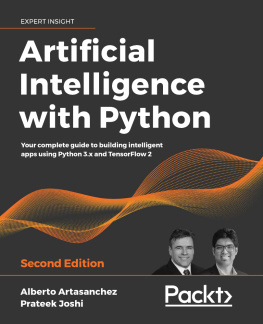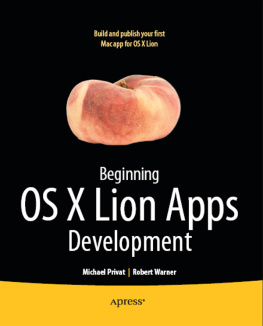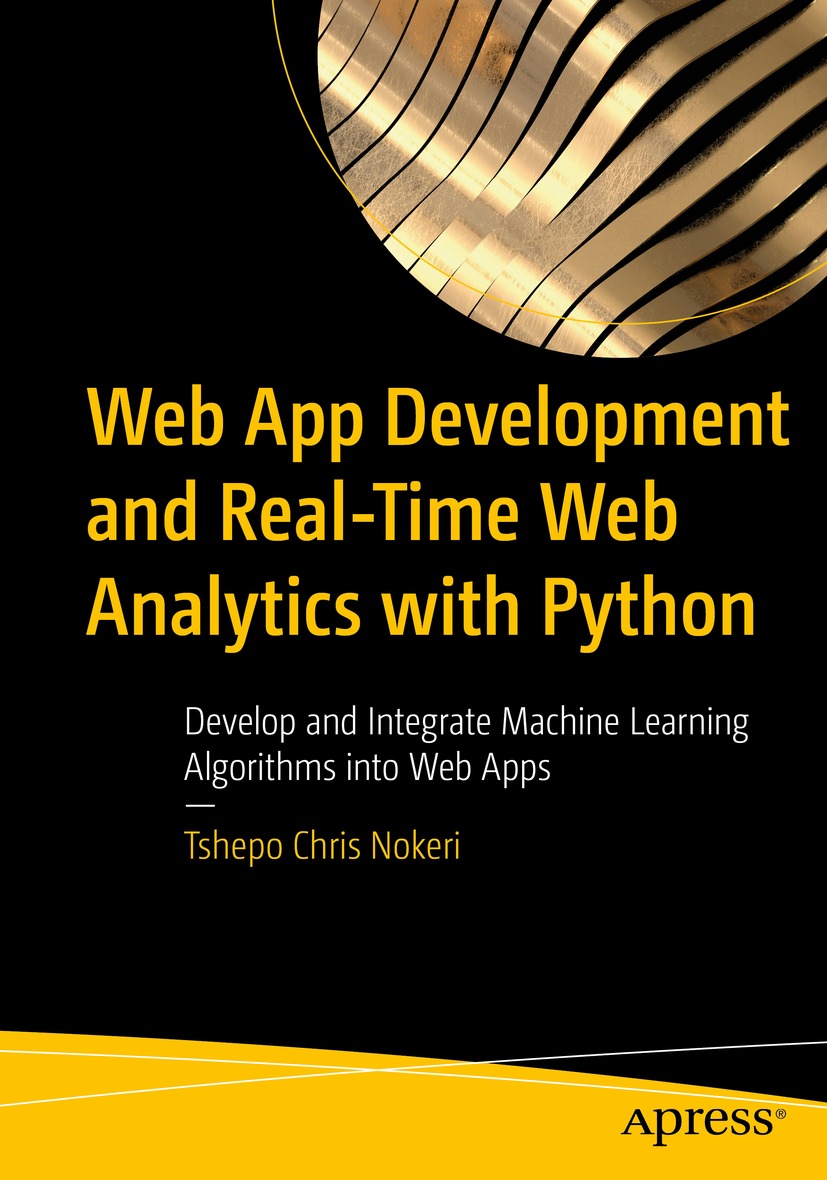Tshepo Chris Nokeri - Web App Development and Real-Time Web Analytics with Python: Develop and Integrate Machine Learning Algorithms into Web Apps
Here you can read online Tshepo Chris Nokeri - Web App Development and Real-Time Web Analytics with Python: Develop and Integrate Machine Learning Algorithms into Web Apps full text of the book (entire story) in english for free. Download pdf and epub, get meaning, cover and reviews about this ebook. year: 2021, publisher: Apress, genre: Computer. Description of the work, (preface) as well as reviews are available. Best literature library LitArk.com created for fans of good reading and offers a wide selection of genres:
Romance novel
Science fiction
Adventure
Detective
Science
History
Home and family
Prose
Art
Politics
Computer
Non-fiction
Religion
Business
Children
Humor
Choose a favorite category and find really read worthwhile books. Enjoy immersion in the world of imagination, feel the emotions of the characters or learn something new for yourself, make an fascinating discovery.
- Book:Web App Development and Real-Time Web Analytics with Python: Develop and Integrate Machine Learning Algorithms into Web Apps
- Author:
- Publisher:Apress
- Genre:
- Year:2021
- Rating:5 / 5
- Favourites:Add to favourites
- Your mark:
Web App Development and Real-Time Web Analytics with Python: Develop and Integrate Machine Learning Algorithms into Web Apps: summary, description and annotation
We offer to read an annotation, description, summary or preface (depends on what the author of the book "Web App Development and Real-Time Web Analytics with Python: Develop and Integrate Machine Learning Algorithms into Web Apps" wrote himself). If you haven't found the necessary information about the book — write in the comments, we will try to find it.
Learn to develop and deploy dashboards as web apps using the Python programming language, and how to integrate algorithms into web apps.
Author Tshepo Chris Nokeri begins by introducing you to the basics of constructing and styling static and interactive charts and tables before exploring the basics of HTML, CSS, and Bootstrap, including an approach to building web pages with HTML. From there, hell show you the key Python web frameworks and techniques for building web apps with them. Youll then see how to style web apps and incorporate themes, including interactive charts and tables to build dashboards, followed by a walkthrough of creating URL routes and securing web apps. Youll then progress to more advanced topics, like building machine learning algorithms and integrating them into a web app. The book concludes with a demonstration of how to deploy web apps in prevalent cloud platforms.
Web App Development and Real-Time Web Analytics with Python is ideal for intermediate data scientists, machine learning engineers, and web developers, who have little or no knowledge about building web apps that implement bootstrap technologies. After completing this book, you will have the knowledge necessary to create added value for your organization, as you will understand how to link front-end and back-end development, including machine learning.
What You Will Learn
- Create interactive graphs and render static graphs into interactive ones
- Understand the essentials of HTML, CSS, and Bootstrap
- Gain insight into the key Python web frameworks, and how to develop web applications using them Develop machine learning algorithms and integrate them into web apps
- Secure web apps and deploy them to cloud platforms
Who This Book Is For
Intermediate data scientists, machine learning engineers, and web developers.Tshepo Chris Nokeri: author's other books
Who wrote Web App Development and Real-Time Web Analytics with Python: Develop and Integrate Machine Learning Algorithms into Web Apps? Find out the surname, the name of the author of the book and a list of all author's works by series.

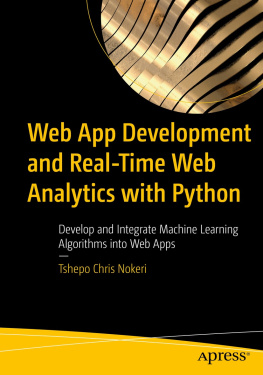

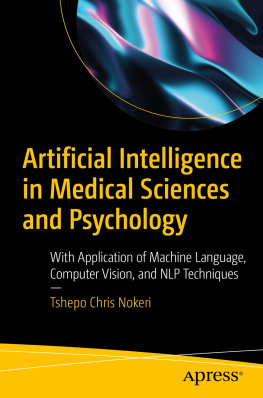

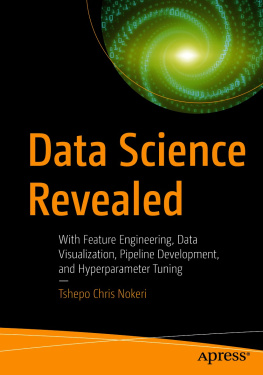
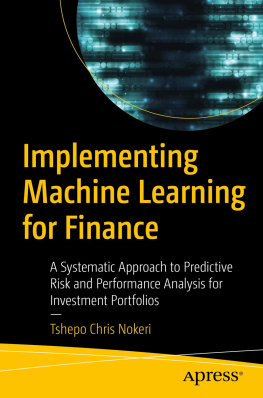
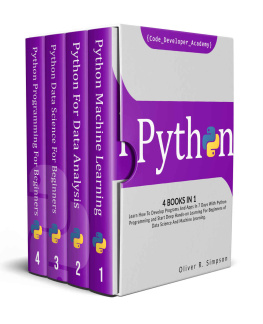
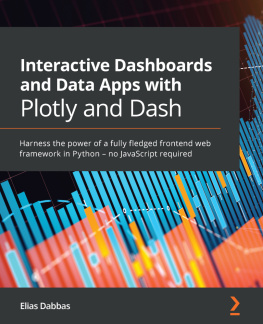
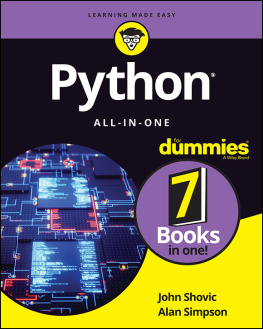
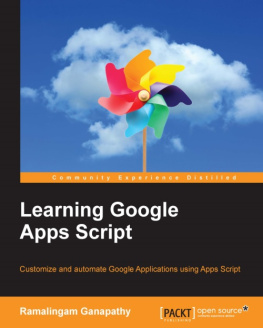

![Coleman Jason - Building Web Apps with WordPress [WordPress as an application framework]](/uploads/posts/book/171277/thumbs/coleman-jason-building-web-apps-with-wordpress.jpg)

